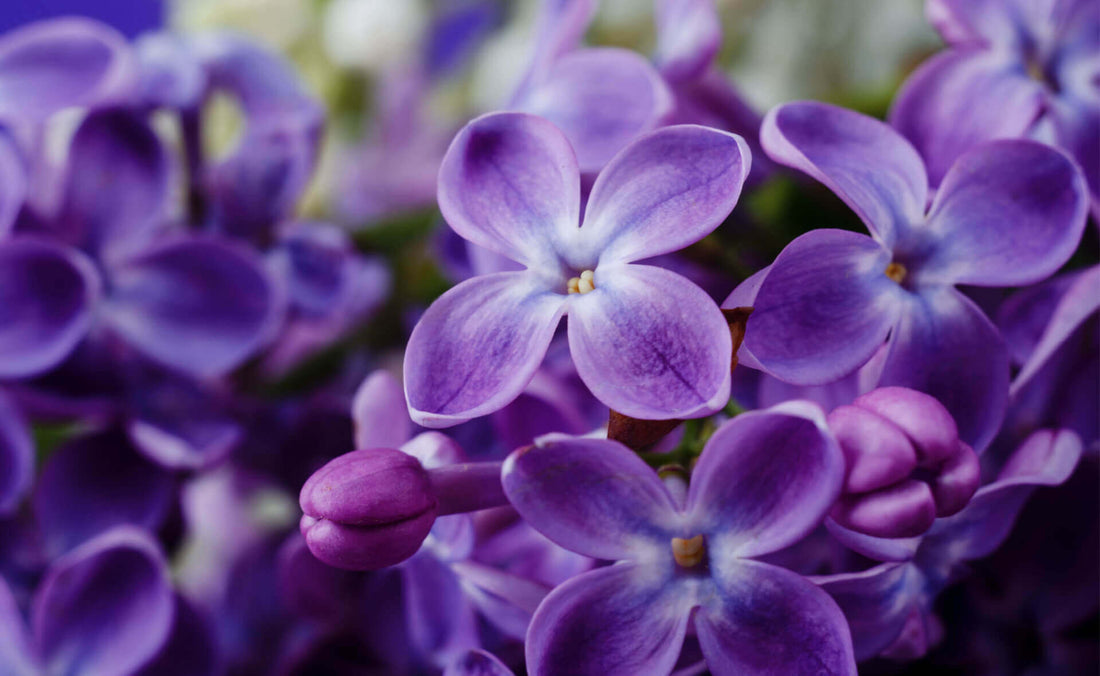
7 Flowering Trees and Shrubs That Make a Spring Statement
Share
Season of Rebirth and Rejuvenation
Spring is when dormant plants burst forth with vibrant colors and fragrant blossoms. Among the most captivating sights in spring gardens are flowering trees and shrubs that paint the landscape with their pink, purple, and white hues. This article will explore seven stunning flowering trees and shrubs that genuinely make a statement in the spring.
Redbud Trees (Cercis canadensis):
Redbud trees are renowned for captivating displays of rosy pink blossoms in early spring. These small to medium-sized trees are native to North America and are known for their heart-shaped leaves. The flowers bloom along the branches before the leaves appear, creating a breathtaking visual spectacle. Redbuds are adaptable and can thrive in various soil types and climates, making them an excellent choice for many gardeners. Their unique beauty and hardiness make them perfect for adding elegance to your spring garden.
Sweet Bay Magnolia Trees (Magnolia virginiana):
Sweet Bay Magnolia trees, also known as the Swamp Magnolia, bring an air of sophistication to spring gardens. These trees feature creamy white, fragrant blossoms that emit a sweet lemony scent. The evergreen foliage of Sweet Bay Magnolias provides year-round interest, making them an excellent addition to any landscape. These trees are perfect for those seeking a springtime showstopper with an added aromatic bonus.
Flowering Dogwood Trees (Cornus florida):
The Flowering Dogwood is a classic springtime favorite, known for its iconic, four-petaled bracts surrounding tiny, actual flowers. These bracts come in various shades, including white, pink, and red, creating a mesmerizing canopy of color. Flowering Dogwoods are an American native tree and are cherished for their striking beauty and iconic status in many regions. They are excellent for adding elegance and a burst of color to your spring garden.
Crabapple Trees (Malus spp.):
Crabapple trees are a versatile and popular choice for spring gardens, offering a stunning display of vibrant blooms in various shades of white, pink, and red. Beyond their spring blossoms, they often produce small, colorful fruits that attract birds and wildlife. Crabapples come in various sizes, making it easy to find one that fits your garden's space. Whether you choose them for their captivating flowers or ornamental fruit, Crabapple trees are a springtime delight.
Forsythia Shrubs (Forsythia spp.):
Forsythia shrubs are among the earliest harbingers of spring, erupting in a blaze of bright yellow blossoms. These low-maintenance shrubs are valued for their ability to thrive in almost any soil type and their cold-hardy nature. Their arching branches create an eye-catching display of color that can be used as a hedge, border, or focal point in your garden. Forsythias symbolize spring's arrival and will boldly describe your landscape.
Lilac Bushes (Syringa spp.):
Lilac bushes are renowned for their intoxicating fragrance and striking clusters of fragrant flowers. These deciduous shrubs come in various colors, including lavender, purple, white, and pink, and they can grow into large, impressive specimens over time. Lilacs have a rich history and have been cherished by gardeners for generations for their captivating aroma and stunning spring blooms. Adding Lilac bushes to your garden ensures a fragrant and visually stunning spring spectacle.
Viburnum (Viburnum spp.):
Viburnum is a diverse genus of flowering shrubs encompassing many species and varieties. These shrubs are valued for their lovely clusters of white or pink flowers, often accompanied by vibrant fall foliage and attractive berries. Viburnums come in various sizes and shapes, making them suitable for multiple landscape uses, from borders to hedges to specimen plants. Their versatility, combined with their spring beauty, makes Viburnum an excellent choice for any garden.
In the spring, nature awakens with a burst of color and fragrance, and these seven flowering trees and shrubs will make a statement in your garden. Whether you prefer the delicate blossoms of the Redbud tree, the sweet scent of Sweet Bay Magnolias, the iconic elegance of Flowering Dogwoods, or the versatility of Viburnum, there's a springtime beauty to suit every garden. Forsythias, Crabapples, and Lilacs each bring their unique charm, adding depth and character to your landscape. Embrace the magic of spring by incorporating these stunning flowering trees and shrubs into your garden, and let them inspire awe and wonder year after year.
